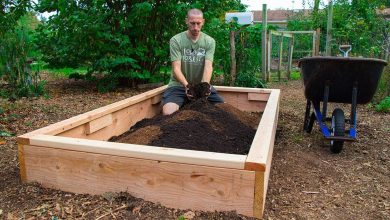How often and how to water my mint?
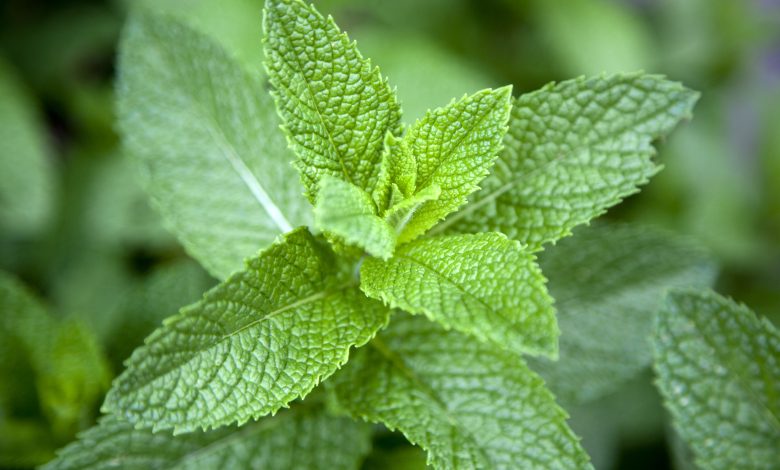
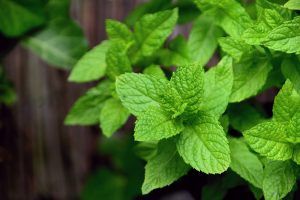 Mint is an aromatic plant that brings together a large number of usable benefits to have in the garden.
Mint is an aromatic plant that brings together a large number of usable benefits to have in the garden.
Its cultivation is relatively simple, so you will be able to advance in this task even if you do not have much experience in gardening.
You will have to pay attention to the irrigation of mint since it is conceived as a fundamental part to obtain very green leaves with a great aroma.
And what do you have to take into account so that the irrigation is appropriate? Next we will tell you everything.
Important points when watering a mint:
- Irrigation frequency: on spring and summer days, irrigation can be established at a rate of 4 or 5 per week, taking them to one every day if the heat is excessive. The rest of the year you have to assess the conditions of the environment, and you may need 2 to 3 weekly.
- Irrigation method: by watering can.
- Optimal time of day for watering: Any time of day if indoors. In the morning if it is planted in the garden.
- Identify excess water: the plant stops growing, weakened stems, root death.
- Identify lack of water: the plant wilts quickly, stops growing, the leaves have brown spots.
What watering needs does mint have?
Mint is a species that always needs moist soil, so it requires constant and abundant watering.This means that the land where it is planted must be expeditious with drainage to avoid waterlogging that harms its health.
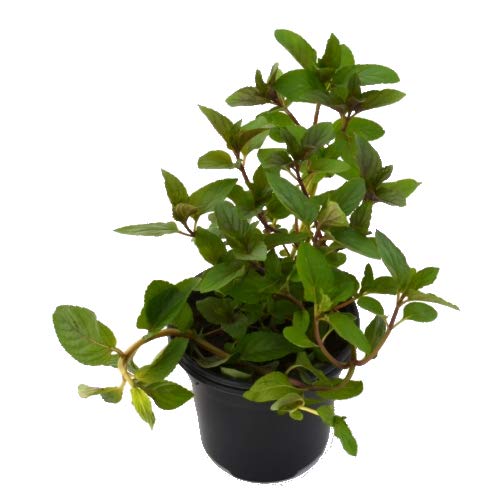
This is a condition that is essential at the end of spring and throughout the summer, since it is the hottest time. If you don’t have a lot of time to water so constantly, you can always use techniques that take care that evaporation is not so fast, such as surrounding the base with padding.
How can we detect lack of irrigation in mint?
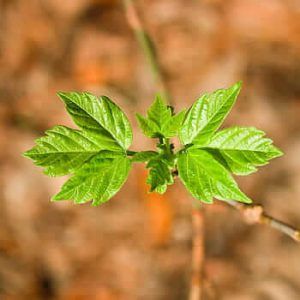 Mint that does not get enough water in its period of growth and development tends to wilt quickly.
Mint that does not get enough water in its period of growth and development tends to wilt quickly.
You will begin to notice the symptoms in the leaves that will be seen with brown areas and a brittle texture.
You will also notice that it grows little, being that it is a very invasive species, so poor development is an unequivocal sign that something is wrong.
If this is happening to you, apply a watering that is enough to moisten the entire substrate well and then continue with frequent waterings.
How often should we water mint?
Mint waterings should be very frequent, 4 or 5 a week, and on very hot days, even once a day.The most normal thing is that mint is planted in pots, so on winter days it is possible to keep it indoors.
In that case, the risks will have to be established according to the internal temperature and the speed with which the water evaporates. For example, in spaces that use heating, the risks could go from 2 to 3 weekly.
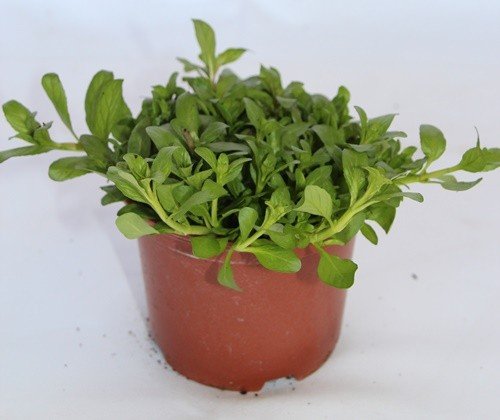
If you also include a mulch system, the risks should not be so frequent. This is especially helpful on mint plants grown in the garden.
What is the best way to water mint?
The easiest way to water mint is with a watering can, as it brings the correct amount of water to the base of the plant where it is needed. For a land with good drainage there will be no major inconveniences, although it is always more favorable that the water outlet is progressive.
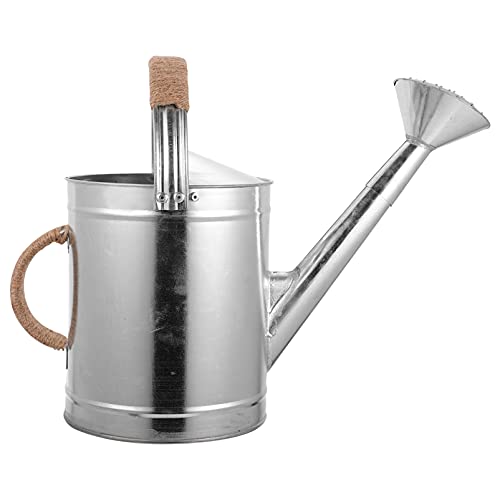
This implies investing a greater amount of time in the work of irrigation but at the same time it will ensure that puddles that affect the plant will not be generated.For mint planted in the garden, you can also use the drip if you already have the system ready for your home garden.
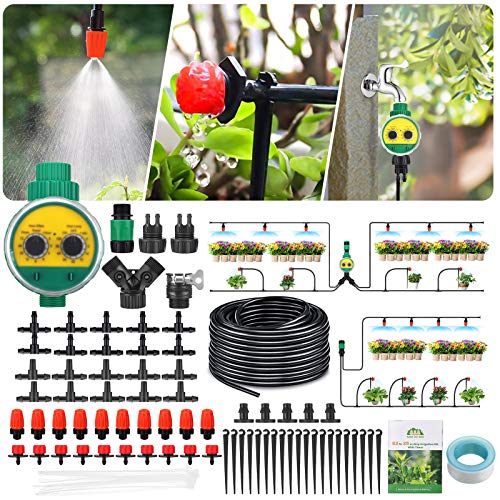
Take into account that the foliage and leaves should not get too wet to avoid fungal problems.
How do we detect excess water in mint?
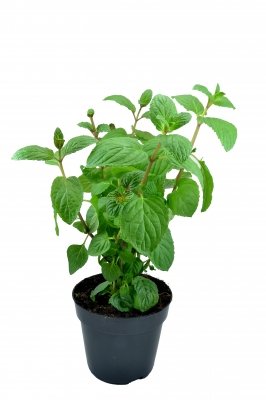
An overwatered mint plant will have trouble growing as the roots will not be able to deliver nutrients.
Another point that is notorious is that it will be affected by fungi, which like high humidity areas to settle and grow.
These, sooner or later, will end up killing the plant. Keep in mind that mint is one of the fastest growing plants and watering is part of this process.
Therefore, you must have under control the size that you think you will be able to work with in order to avoid inconveniences.
If you have it in a pot, you will have to carry out constant pruning work so that it does not overflow and, above all, its health is affected.
Bibliographic references
- The cultivation of mint, I Gallardo – Research and Agricultural Progress Quilamapu, 1993 – library.inia.cl
- Menta, PM López – books.google.com
- Study of the water requirements of the cultivation of mint (Mentha spicata L.) under greenhouse with drip irrigation system [Cd Room], RF Leal Horn, NN Nieves Orduña – 2004 – sidalc.net
- Response of the mint crop (Mentha spicata) to the application of different irrigation sheets under the hydroponic system, in a greenhouse, ER Gómez Oyuela, RE Gutiérrez López – 2002 – sidalc.net
- Use of infrared temperature for irrigation programming in mint (Mentha piperita L.) [black mint], I Gallardo, RH Cuenca, M English, A Mitchell – Agriculture Technical, 1993 – library.inia.cl
- Use of the pressure pump for irrigation scheduling in mint (Mentha piperita L.) [black mint], I Gallardo, RH Cuenca, M English, A Mitchel – Agriculture Technical, 1995 – library.inia.cl
Maybe you are also interested in:

![Photo of The Acacia Tree: [Characteristics, Sowing, Care, Irrigation and Substrate]](https://www.complete-gardening.com/wp-content/uploads/2021/06/acacia_1612789144-390x220.jpg)
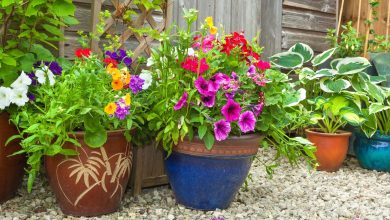
![Photo of Bonsai: [Characteristics, Utility, Types, Meaning and Purchase]](https://www.complete-gardening.com/wp-content/uploads/2022/08/bonsai-characteristics-utility-types-meaning-and-purchase-390x220.jpg)
